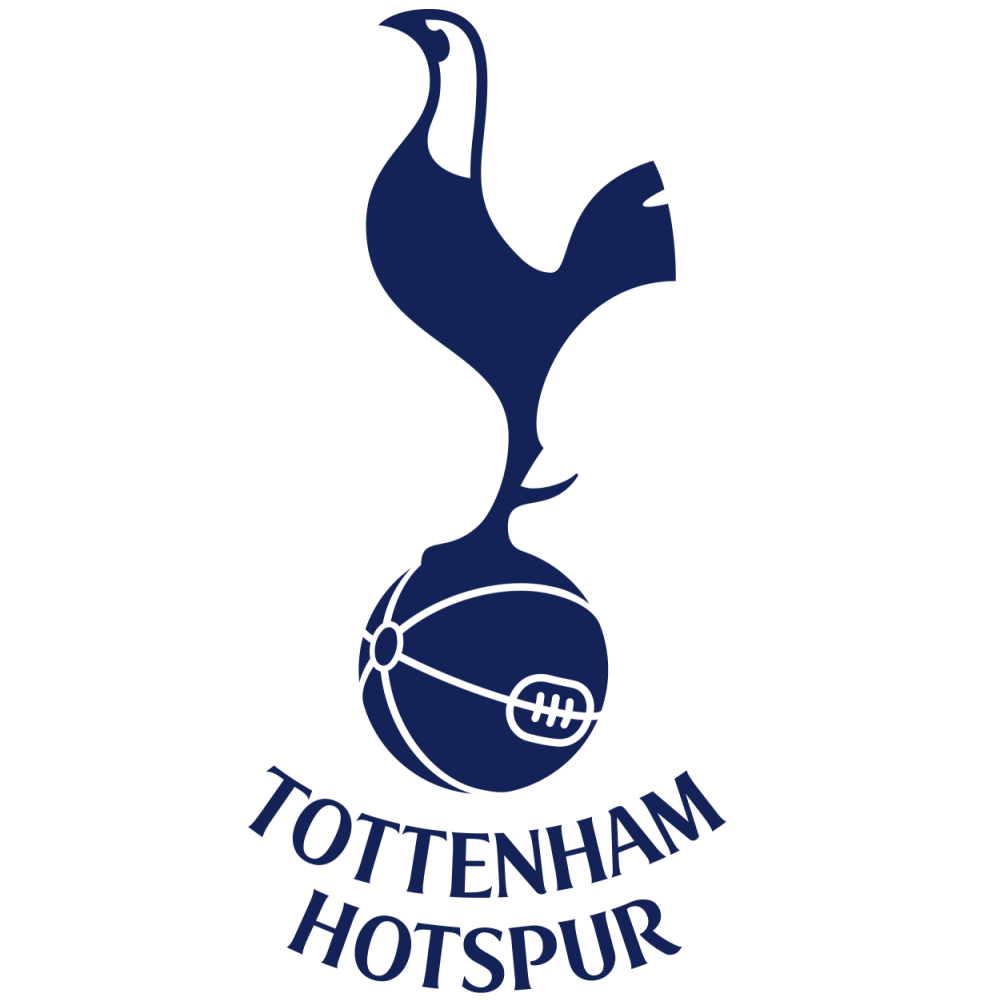For the majority of women, our first experience of sport and exercise is at school, yet the bulk of us never really discover sports bras until adulthood - and even then, we're still reluctant to put one on.
According to a survey by Shock Absorber and Portsmouth University (SASI), nine and a half million women in the UK are not supporting their breasts properly when they run. Meaning that nearly ten million of us are putting our bodies at risk of permanent damage.
The truth is that it's very dangerous to exercise without wearing a sports bra, but, admittedly, their importance has been forced to aside. The act of going out to buy can often be an intimidating experience, but that's only because there's not much out there to help you understand what you need.
Is the lack of public information surrounding sports bras the result of global misogyny? Only 50% of the population need to worry about wearing a sports bra, so, therefore, do the other 50% even care about the issue? Perhaps if men and women were both at risk of damage to their bodies, sports bras wouldn't be such an 'elephant in the room' that we refuse to talk about.
- Women's Football Weekend with Legends
- Strathclyde Sirens Netball in New Partnership
- Arsenal gain bragging rights over Spurs
The background of boobs.
Your breasts are mostly made up of fatty tissue which is attached to your chest wall by fibrous strands that are commonly known as Cooper's ligaments. These ligaments are ridiculously important as they are what keep your boobs in place - there is no other internal structure that helps to support them.
The average U.K. cup size is a DD which, according to bra experts Curvy Kate, weigh somewhere between 920 grams and a kilo, so we're carrying quite a hefty amount of tissue around on our chest. When the breasts are unsupported during movement and exercise, they can move up and down, in and out and side to side. According to SASI, on average, a woman's breasts will move 9.08cm with every running stride.
When we're exercising without support, gravity comes into play. The weight of our breast tissue stretches those all-important Cooper's ligaments, and subsequently, the outlying skin. Not only is this painful, but once our Cooper's ligaments have stretched, they are permanently stretched and won't simply bounce back. The stretched ligaments will also inevitably lead to sagging and potential stretch marks.
It's important to note that breasts of any shape and size have delicate Cooper's ligaments and, therefore, even if your cup size or weight is smaller than the U.K. average, you are still susceptible to painful, permanent damage.
A correctly-fitting sports bra is going to help prevent harm by minimising the movement your boobs make when exercising. Sports bras are often known to be tight-fitting, and although they shouldn't cause any discomfort, a snug fit is crucial in keeping the bounce at bay.
Sizes, shapes, straps and support.
Sports bras are available in their hundreds and that can often be intimidating if you don't know where to start. It's important to consider what kind of exercise you enjoy and what support your breasts require.
Give Me Sport Women spoke to the bra experts at Sports Direct Women (SDW) who agree that the right support is essential during any workout, whether you’re running, training, practising yoga or playing football, no matter your chest size.
Here are their five top tips for investing in your breasts:
-
For high-impact workouts like football or boxing, or for better support for larger cup sizes, look to invest in an encapsulation sports bra with an element of compression. This style has separate cups to support each breast individually and minimise the impact of the movement.
- SDW recommends Nike FE/NOM flyknit bra.
-
For gentle workouts like walking and yoga, or for light support for smaller chest sizes, try a low-impact sports bra. These bras are designed for comfort and typically feature unpadded, lightweight and soft fabric.
- SDW recommends: Adidas All Me 3 Stripe bra
-
For something in the middle - medium-impact sports bras can be great for women of all cup sizes. They tend to fit snugly to the body for the lift and have an element of compression for support. Depending on your breast size and required support, medium-impact bras can be supportive enough for weight and strength training, gym workouts and cycling.
- SDW recommends: Under Armour Rush Sports Bra
- Select a sports bra that contains sweat-wicking technologies to minimise the build-up of sweat and increase airflow to skin. This will help to regulate your body temperature when working out and increase your comfort.
- Consider additional sports bra features like adjustable straps for a customisable fit, back closure to get your bra on and off more easily, and underwire for additional support for bigger chest sizes.
If you participate in different sports or activities, SDW recommend that you invest in several different high-quality sports bras that can support you effectively during low, medium and high impact exercise.
Sports Direct Women have even created their very own online bra finder to help discover sports bra by support or sport - it really is that simple.




















